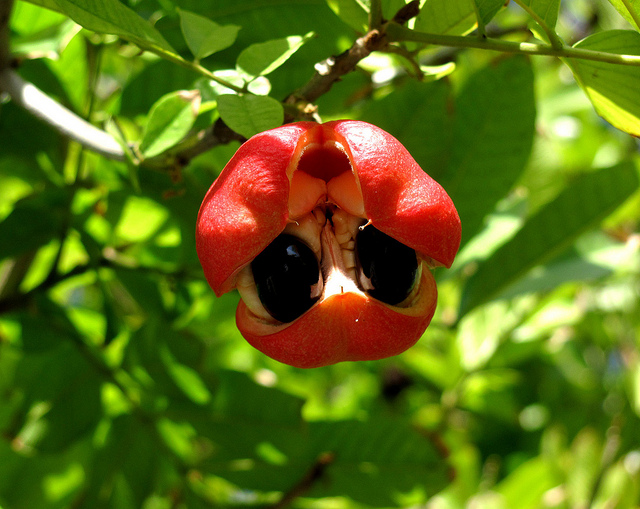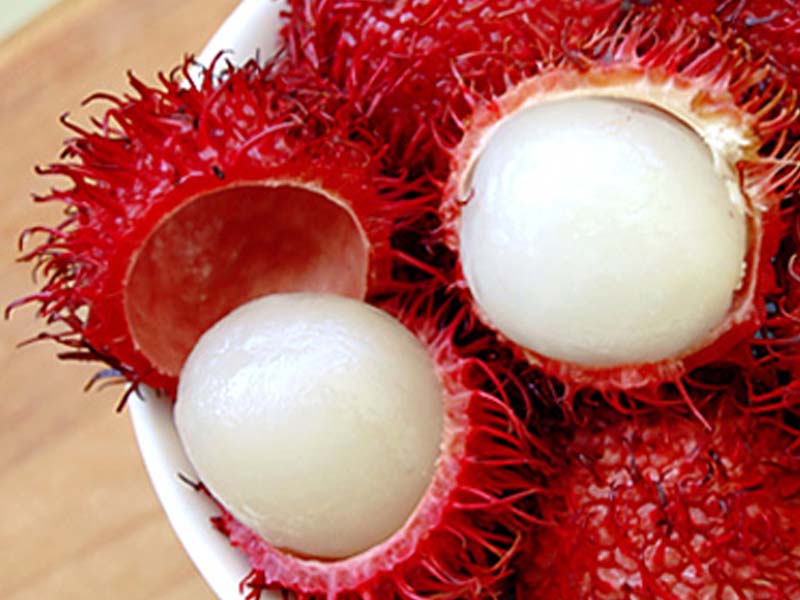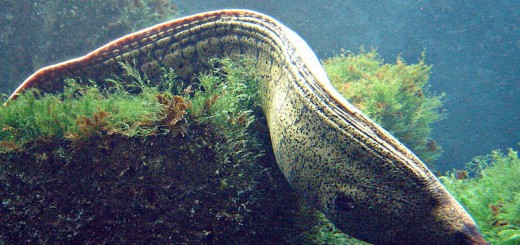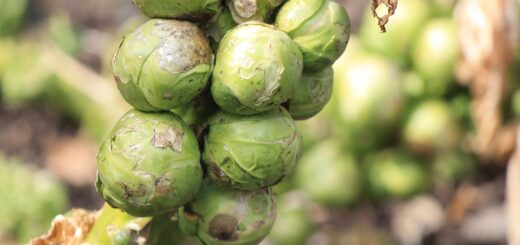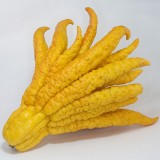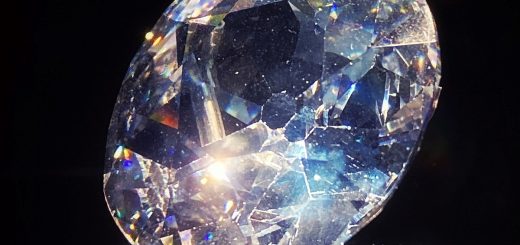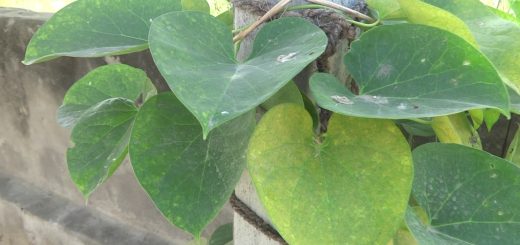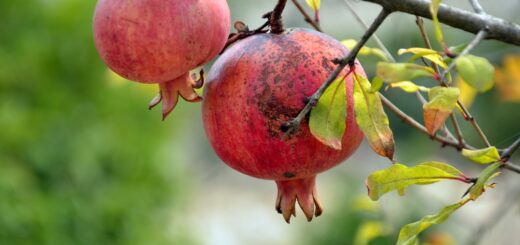Top 10 Rarest And Tastiest Fruits In The World
We almost eaten various kinds of fruits like Apple, Banana, mango, Orange etc. but there are some rarest fruits which are easily not available but when you eat them they are sweet, delicious, healthy, tasty and nutritious. These fruits are rarest because they are grown in some specific type of climate and soil. Here is the list of top 10 rarest and tastiest fruits in the world.
1. Ackee
Ackee fruit is a rarest and strange looking fruit that grows in the tropical regions of Western Africa. Although native to West Africa, the use of ackee in food is especially prominent in Jamaican cuisine. Ackee is the national fruit of Jamaica, and ackee and saltfish is the national dish. The fruit is pear-shaped. When it ripens, it turns from green to a bright red to yellow-orange, and splits open to reveal three large, shiny black seeds, each partly surrounded by soft, creamy or spongy, white to yellow flesh—the aril.
Ackee pods should be allowed to ripen on the tree before picking. Prior to cooking, the ackee arils are cleaned and washed. The arils are then boiled for approximately 5 minutes and the water discarded. The dried seeds, fruit, bark, and leaves are used medicinally. The ackee fruit is canned and is a major export product in Jamaica. The importing of canned ackee into the U.S. has at times been restricted due to unripe ackee arilli being included. However, it is currently allowed, provided that the amount of hypoglycin present meets the standards of the Food and Drug Administration.
2. Rambutan
Rambutan is an important fruit tree of humid tropical Southeast Asia, traditionally cultivated especially in Indonesia, Malaysia and Thailand. The fruit is a round to oval single-seeded berry, borne in a loose pendant cluster of 10 to 20 together. The leathery skin is reddish and covered with fleshy pliable spines, hence the name, which means ‘hairs’. The fruit flesh, which is actually the aril, is translucent, whitish or very pale pink, with a sweet, mildly acidic flavor very reminiscent of grapes. The fruit are usually sold fresh, used in making jams and jellies, or canned. Rambutan roots, bark, and leaves have various uses in traditional medicine and in the production of dyes.
